The Magic Puppet World Revisited
BACK in 2015 during our first Mosquito Month, we ran a series of articles from The Pocono Record that covered Oppenheim’s Magic Puppet World. In 2019 we ran an additional article from the nearby Allentown Morning Call. But what celebration of the Three Mosquitoes and their creator and chronicler Ralph Oppenheim could go by without a mention of Oppenheim’s Magic Puppet World? Especially since we just came upon an artifact from the time!
Yes, just recently we stumbled upon one of the hand-made pennants that they used to sell at the gift shop at Oppenheim’s!

It’s a small orange felt pennant measuring 3¾” x 8¼” with heavy dark blue yarn ties. Emblazoned upon it are the words “Magic Puppet World” and a joyous printed figure with a wooden ball head and red body with arms up and legs spread.

While the hair is painted with a fine brush; Mrs. Oppenheim paints the eyes, nose and mouth with a cellophane cone filled with lacquer.
So in celebration of finding the pennant, we’re presenting another article from The Pocono Record we passed over due to it’s poor picture—but it does have lots of good information.
Oppenheim puppets tireless performers for visitors
The Pocono Record, Stroudsburg, Pa • 20 July 1968
SCIOTA — In Sciota, right off old Route 209 there Is a continuous show going on and—a lot of show for the money!
Its performers are the puppeteerless puppets of Oppenheim’s magic puppet world who, If animated, would be a highly unionized group of theatricals with large overtime paychecks and gleeful over their immunity from artistic exploitation.
Alas, however, they are inanimate and by fate, doomed to dance their little logs off until their repertoire is exhausted and the last Pocono vacationer who has heard of them in the course of a day, leaves the theatre.
Their creator is Ralph Oppenheim who, having dreamed them up in the first place and having possessed unwavering convictions for their artistic immortality, remains their impressario.
Their choreography is attributed to Shirley Oppenheim, and their current manager (no pun intended) is the local light company—another way of saying that a highly artistically endowed man and wife team, in an old converted barn in Sciota, are the owners of automation-controlled puppetry, nationally recognized as a completely new medium of entertainment.
Ingenious Creativity
The experience of those who will be visiting this unusual Pocono attraction will doubtless provoke admiration for the ingenious creativity, singularly Oppenheim, which lies behind the magic puppet show. Audiences will probably be divided.
There will be those who will approach the show on a purely emotional level and get a royal bang out of the rescue of Juliet by two rival Romeos; or the vagaries of the mind in “The Dollmaker’s Dreamâ€; or the little clown being shot from a cannon in “The Cannonball Clowns”; or the ballerina dancing down a stairway before her solo in “The Doll Ballet.”
Other Segment
The other segment of the audience will be those of strong engineering and mechanical leanings who will try to figure out “what makes the wheels go around”, and probe the intricacies of the cams, cogs, and cajoles of the moving parts, all Einsteinian manifestation of the Oppenheim mind.
Many prefer the emotional approach to entertainment, not impervious, however, to appreciating the daily vicisitudes of the Oppenheims who have to concern themselves with the delicate “taut†of the finest silk thread, the humidity level and its influence on equipment, etc., to assure that the clown in “Cannonball Clowns” really does get booted out of the cannon before the thread holding him up doesn’t throw a fit in the form of a French knot.
There is an element of promotion in Oppenheim’s advertising slogan “15 years in the making”, but that’s not the whole slury. It excludes the “ups and downs” the couple have known which is ail part of the slow evolution of their art from consumated, as its stands today. Their story is a success story, but predicted on trial and error.
A New Yorker, Oppenheim first invented a textile machine for weaving with “raffia,” a coarse grass, which hitherto was considered uneavable.
He made purses, baskets, hand crafts, etc., which found a market outlet in Philadelphia. Automating puppetry, however, was always a childhood fantasy, and he began devoting eight years after weaving with raffia, to developing his first puppet piece, a figure ten inches high, mounted on a pedestal, and producing a large shadow. A department store got interested.
The mechanism’s cams, drums’ and levers, pull strings however, through constant interplay wore out, and he lost it.
His “Miss Muffet” puppet was born in 195B and he toted it around, caressingly to attract interested ones in the exhibit fields, and in trade shows. This attracted Westinghouse, and also Bell Telephone at the Chicago Museum of Science and Industry. He also had productions at the New York World’s Fair.
Country Living
The couple finally expatriated New York City in quest for country living and through the process of elimination, finally chose the Paconos.
As one might have guessed, Shirley Oppenheim, with a former career in art and ballet, pools her talent with her gifted husband, in their old barn, the old Art Ruppert barn in whose cornerstone is chiseled the dale 1858, they happily live their life of artistic activity, and in the dead of winter, winterize themselves in the barn’s lower level and make arts and crafts for their gift shop.
Every item in the shop is their own creation. They have, two devoted dogs, and that is their family.
Their Magic Puppet World opens in May and closes October 20. It Is a world where science and artistry combine to bring new magic to puppetry, enjoyed by all through a modest admission charge.
- Download “Oppenheim puppets tireless performers for visitors”
(20 July 1968, The Pocono Record)





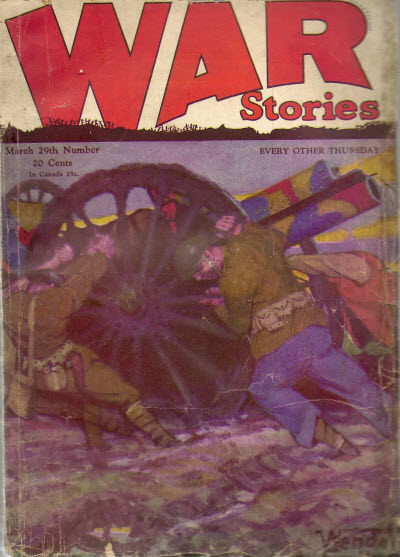 the second of three tales of Ralph Oppenheim’s Three Mosquitoes we’re featuring this March for Mosquito Month! This week, the intrepid trio is tasked with getting valuable information from behind German lines—but it’s a job for only one man which unfortunately turns into one man at time as each of the Mosquitoes is sent off to garner the information when the previous one fails to return. From the March 29th, 1928 issue of War Stories, it’s The Three Mosquitoes in “An Ace in the Hole!”
the second of three tales of Ralph Oppenheim’s Three Mosquitoes we’re featuring this March for Mosquito Month! This week, the intrepid trio is tasked with getting valuable information from behind German lines—but it’s a job for only one man which unfortunately turns into one man at time as each of the Mosquitoes is sent off to garner the information when the previous one fails to return. From the March 29th, 1928 issue of War Stories, it’s The Three Mosquitoes in “An Ace in the Hole!”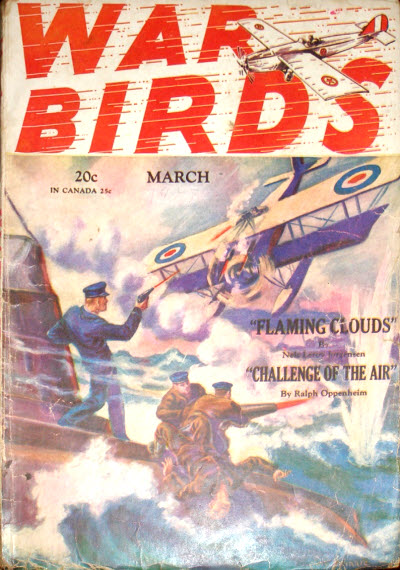 hit the stands in February 1928, it not only contained an exciting tale of Ralph Oppenheim’s inseparable trio The Three Mosquitoes, but it also had a rare factual piece by Mr. Oppenheim. Ralph and his younger brother Garrett had taken a trip to Europe the previous year and just happened to be there at the right time to be able to get to Paris and be there at Le Bourget Field on the 21st of May when Charles Lindbergh successfully ended his trans-Atlantic flight!
hit the stands in February 1928, it not only contained an exciting tale of Ralph Oppenheim’s inseparable trio The Three Mosquitoes, but it also had a rare factual piece by Mr. Oppenheim. Ralph and his younger brother Garrett had taken a trip to Europe the previous year and just happened to be there at the right time to be able to get to Paris and be there at Le Bourget Field on the 21st of May when Charles Lindbergh successfully ended his trans-Atlantic flight!




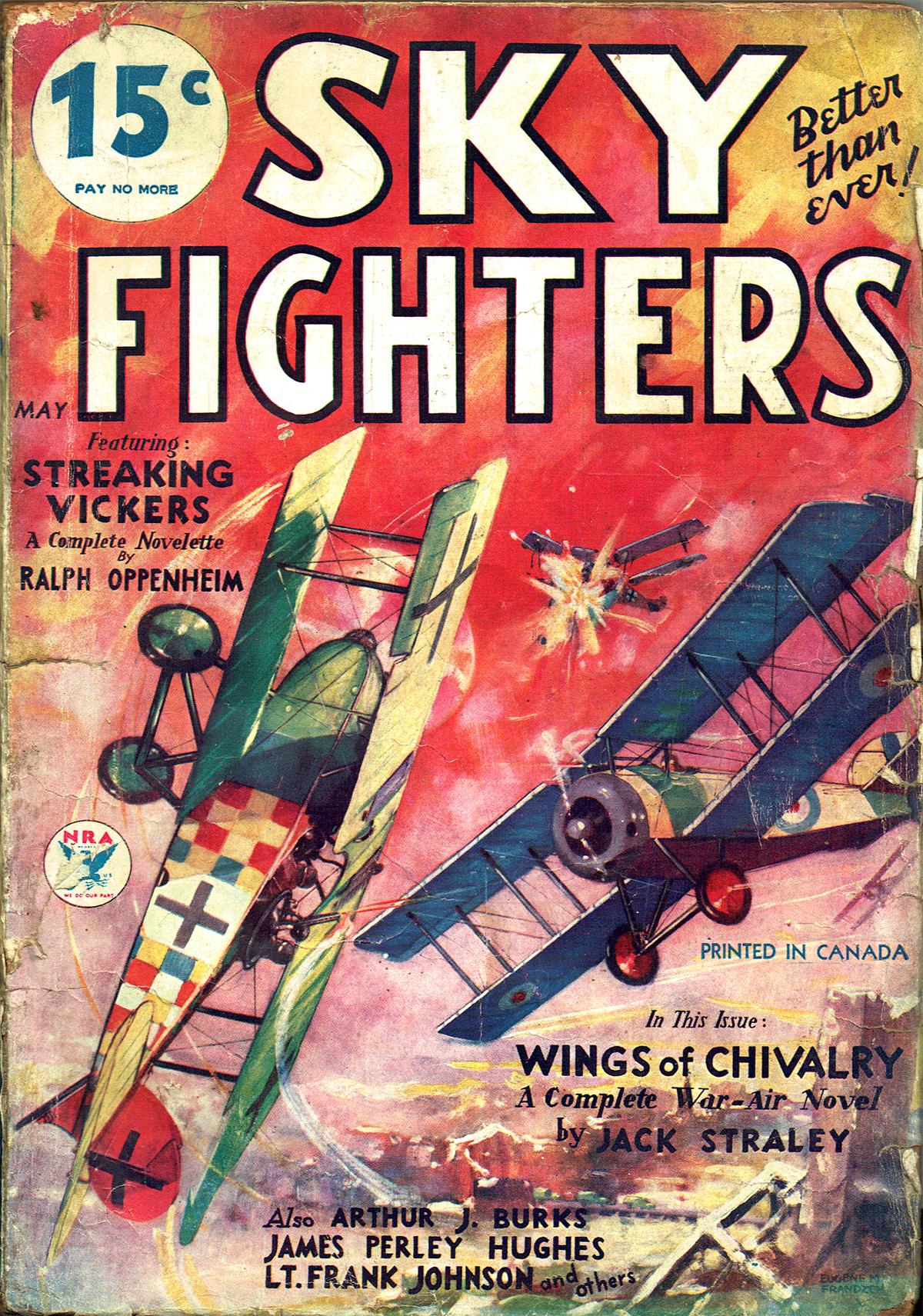 Mosquito Month we have a non-Mosquitoes story from the pen of Ralph Oppenheim. In the mid thirties, Oppenheim wrote a half dozen stories for Sky Fighters featuring Lt. “Streak” Davis. Davis was a fighter, and the speed with which he hurled his plane to the attack, straight and true as an arrow, had won him his soubriquet. Operating out of the 34th Pursuit Squadron, his C.O. sends him out to range the big guns to take out the enemy’s supply dump before the Hindenburg Push. From the May 1934 issue of Sky Fighters it’s “Streaking Vickers!”
Mosquito Month we have a non-Mosquitoes story from the pen of Ralph Oppenheim. In the mid thirties, Oppenheim wrote a half dozen stories for Sky Fighters featuring Lt. “Streak” Davis. Davis was a fighter, and the speed with which he hurled his plane to the attack, straight and true as an arrow, had won him his soubriquet. Operating out of the 34th Pursuit Squadron, his C.O. sends him out to range the big guns to take out the enemy’s supply dump before the Hindenburg Push. From the May 1934 issue of Sky Fighters it’s “Streaking Vickers!”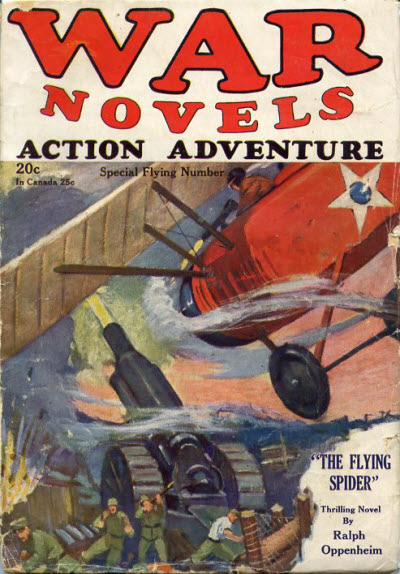 the third and final of three Ralph Oppenheim’s Three Mosquitoes stories we’re featuring this March for Mosquito Month! And this one’s a doozy! Who had not heard of that grim nickname—”The Spider”? It was the nickname of Germany’s most notorious spy—the plague and dread of the Allied powers. The whole Allied intelligence system was after this man, but they had never been able to catch him; he seemed to bear a charmed life. Kirby and his comrades had heard many rumors of his wild, hairbreadth escapades, but they had not known how truly deadly he was! And now the Three Mosquitoes found themselves caught in The Spider’s web! From the pages of the June 15th, 1929 issue of War Novels it’s Ralph Oppenheim’s “The Flying Spider!”
the third and final of three Ralph Oppenheim’s Three Mosquitoes stories we’re featuring this March for Mosquito Month! And this one’s a doozy! Who had not heard of that grim nickname—”The Spider”? It was the nickname of Germany’s most notorious spy—the plague and dread of the Allied powers. The whole Allied intelligence system was after this man, but they had never been able to catch him; he seemed to bear a charmed life. Kirby and his comrades had heard many rumors of his wild, hairbreadth escapades, but they had not known how truly deadly he was! And now the Three Mosquitoes found themselves caught in The Spider’s web! From the pages of the June 15th, 1929 issue of War Novels it’s Ralph Oppenheim’s “The Flying Spider!”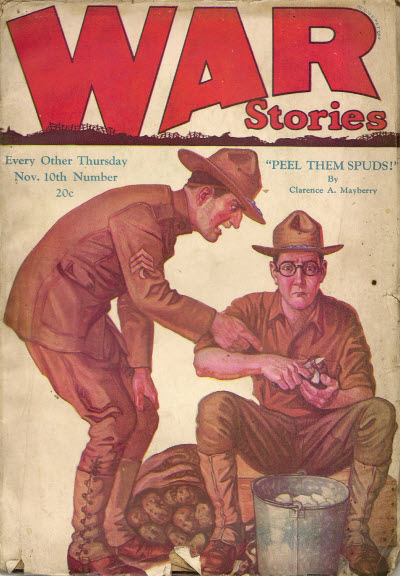 the second of three exciting tales of Ralph Oppenheim’s Three Mosquitoes we’re featuring this March for Mosquito Month! This week, The Three Mosquitoes past comes back to haunt them when the brother of the Black Devil, whom they dispatched in last week’s story, sends a challenge to Kirby in hopes of avenging his death!
the second of three exciting tales of Ralph Oppenheim’s Three Mosquitoes we’re featuring this March for Mosquito Month! This week, The Three Mosquitoes past comes back to haunt them when the brother of the Black Devil, whom they dispatched in last week’s story, sends a challenge to Kirby in hopes of avenging his death!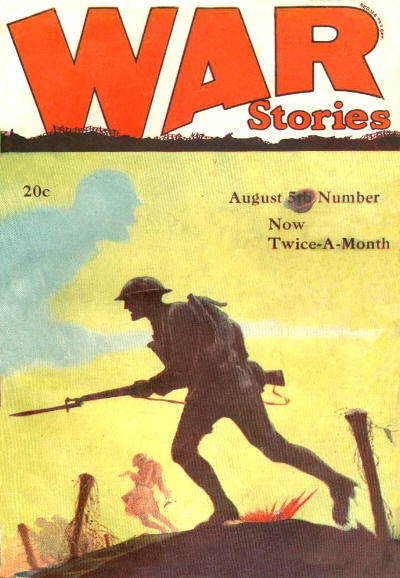 off the ground with what was believed to have been the first flight of the Three Mosquitoes. I say believed because according to both Robbin’s Index and the online
off the ground with what was believed to have been the first flight of the Three Mosquitoes. I say believed because according to both Robbin’s Index and the online 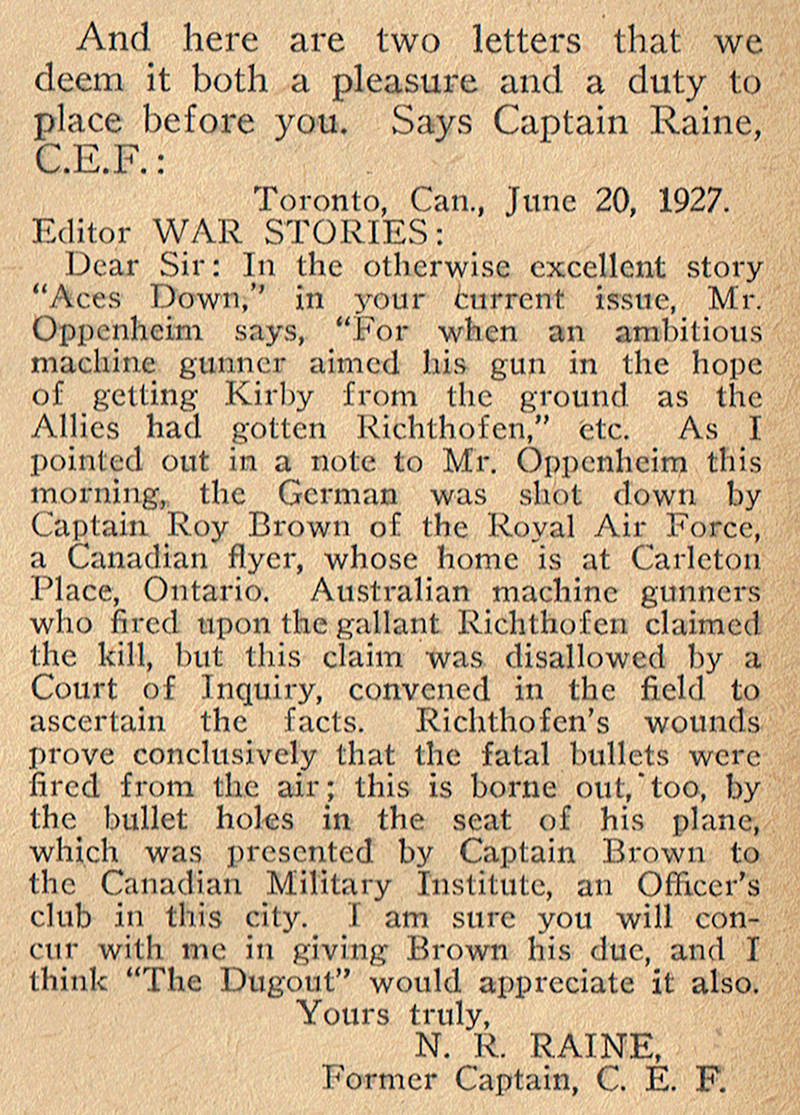
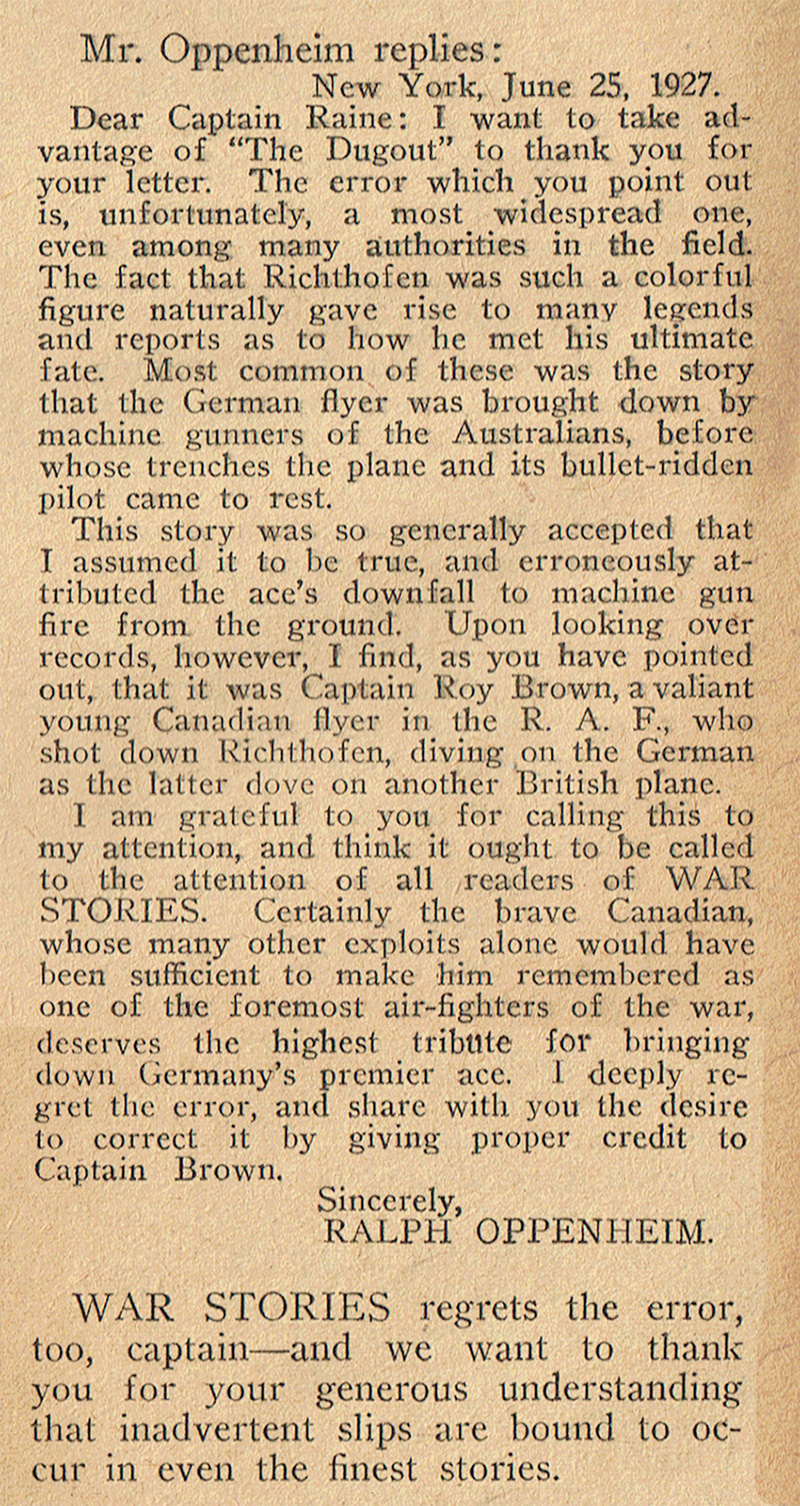
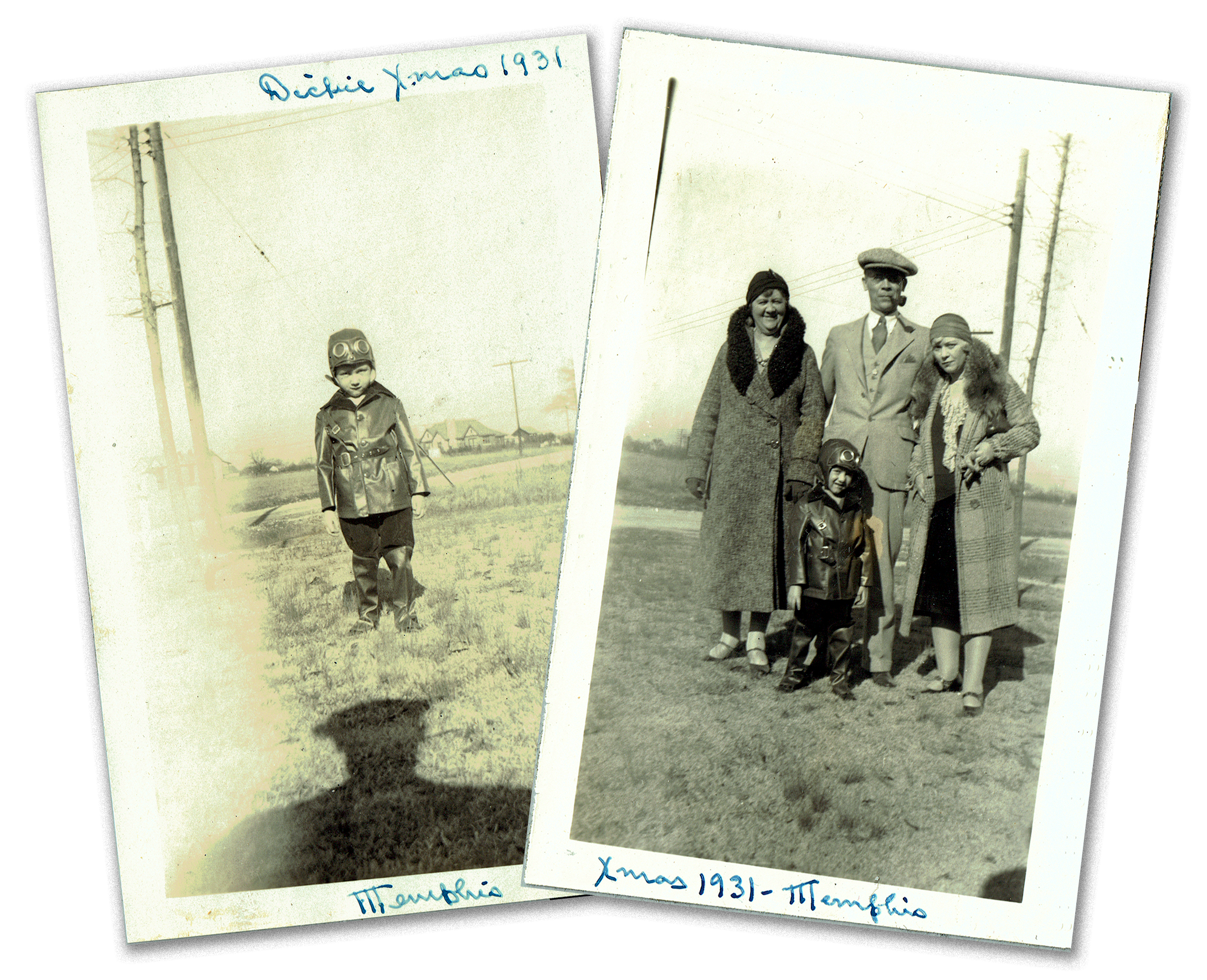
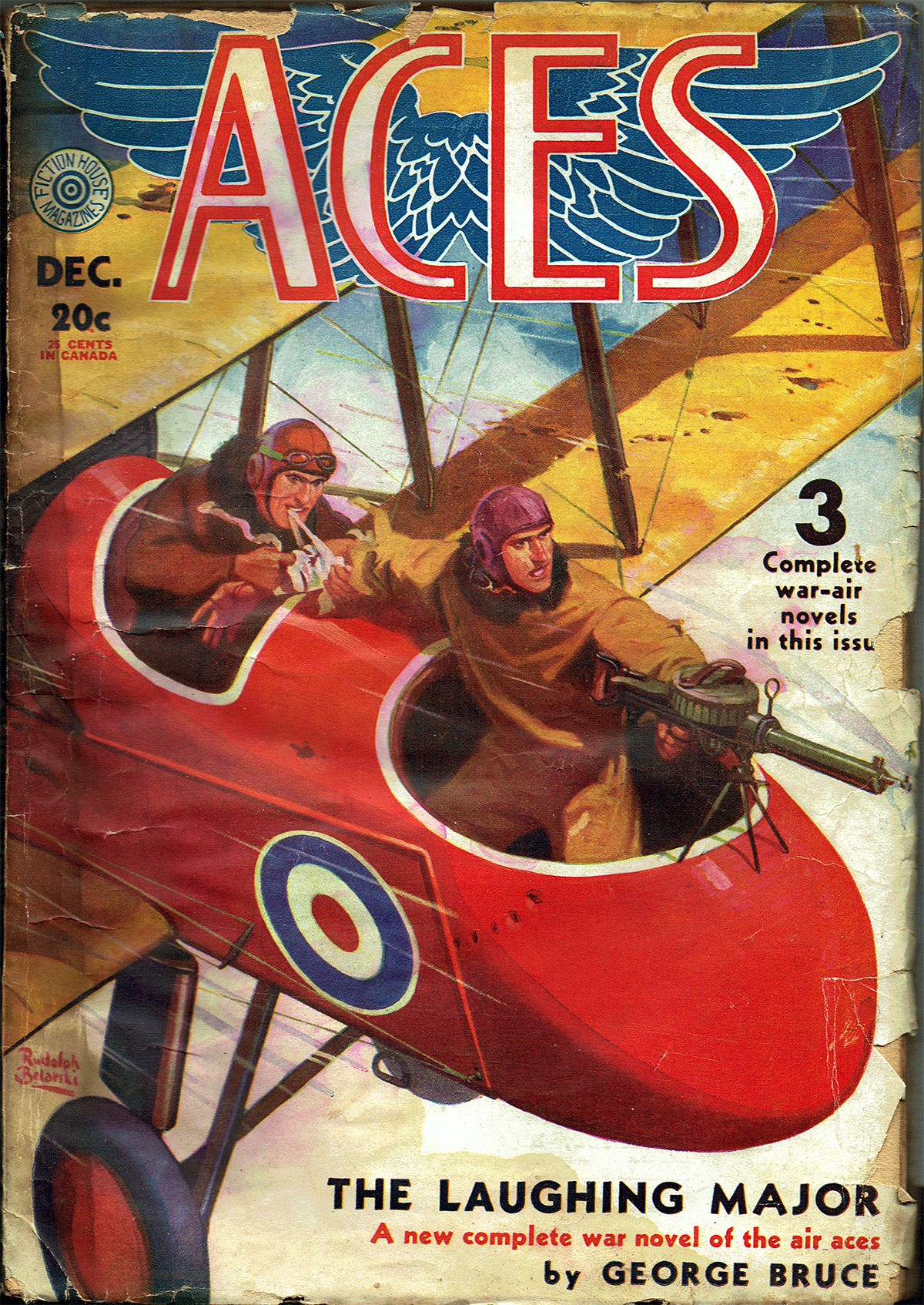
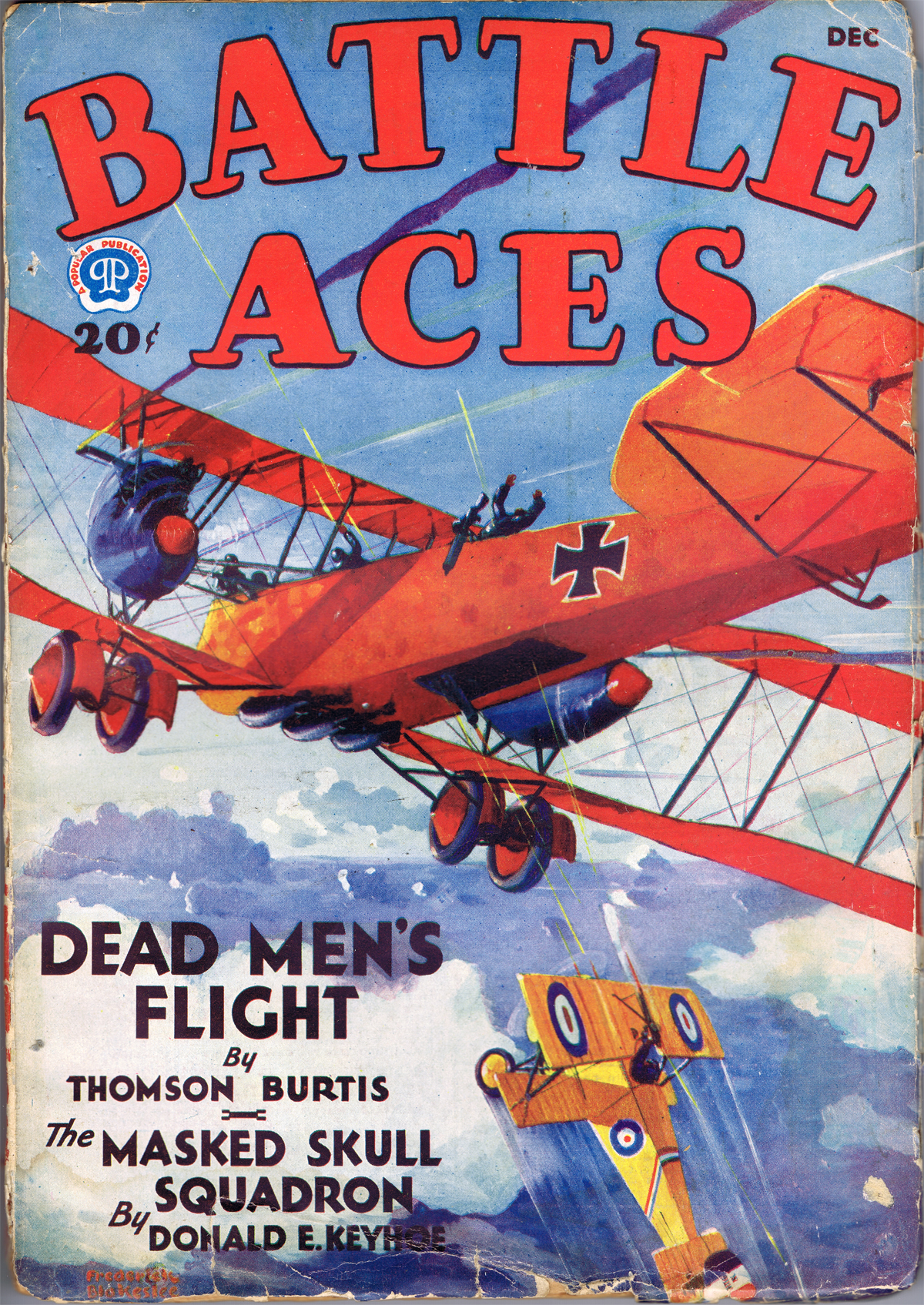
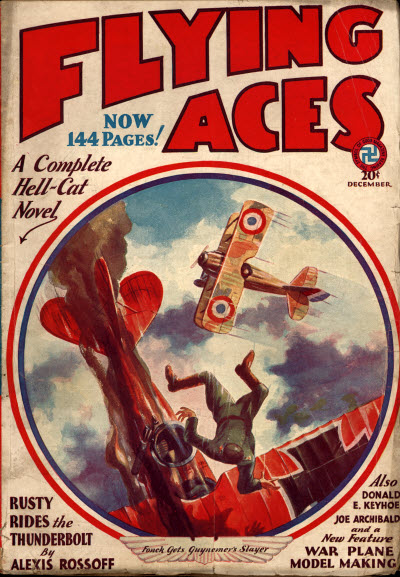

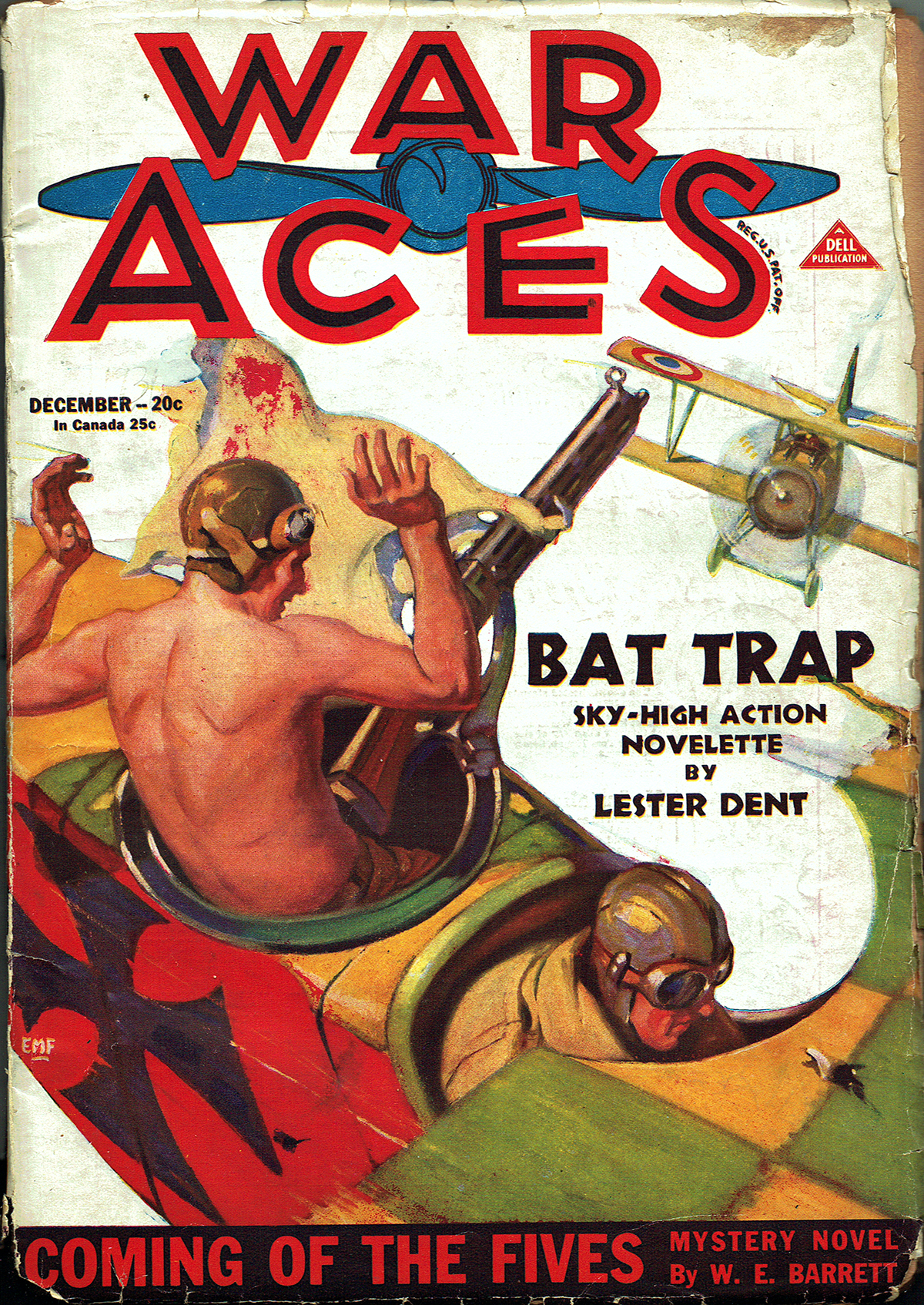
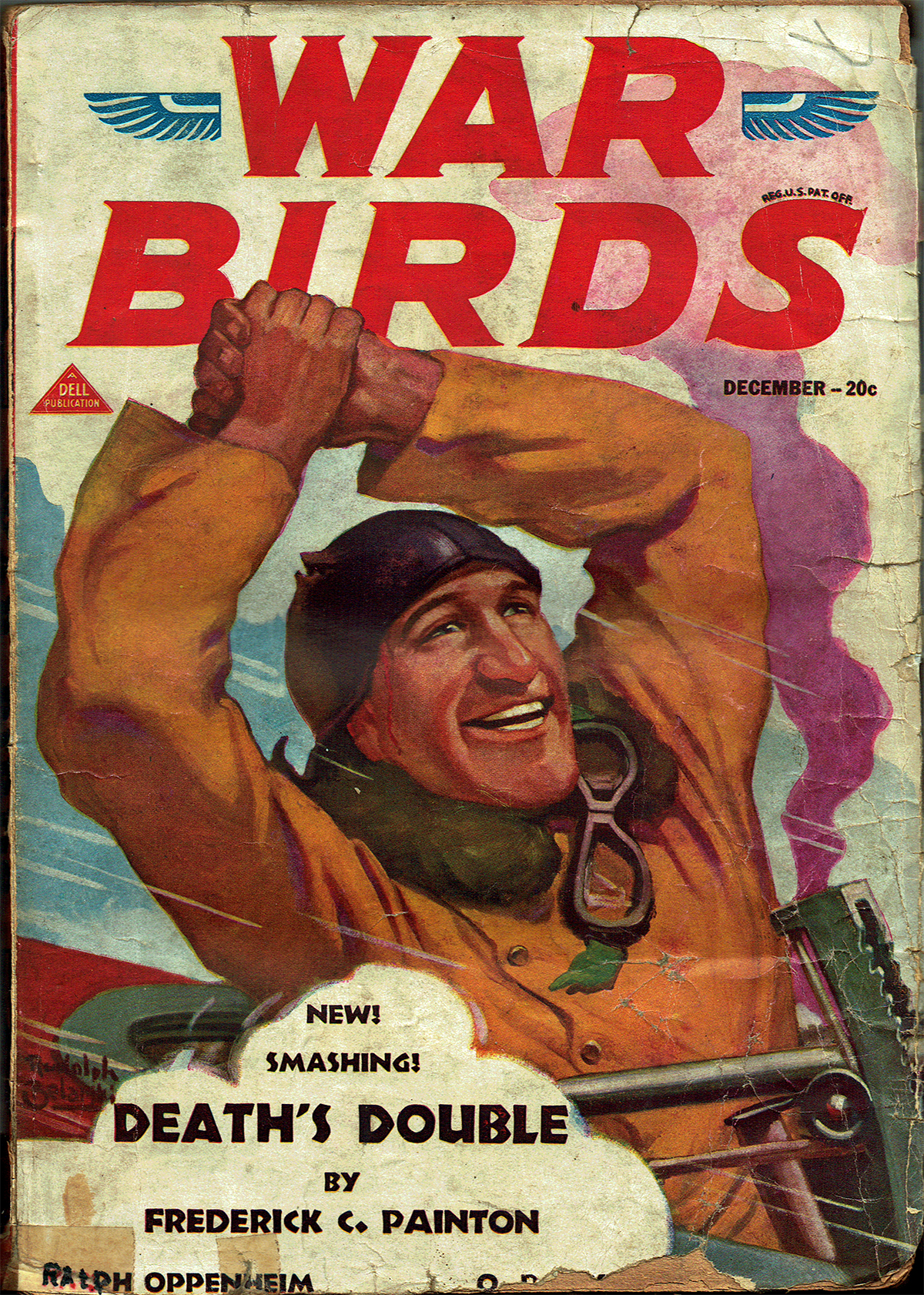
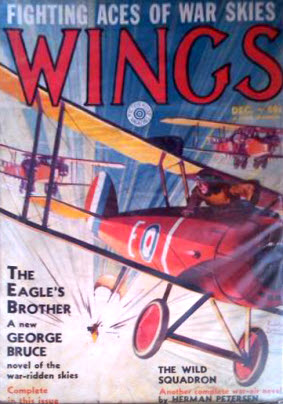
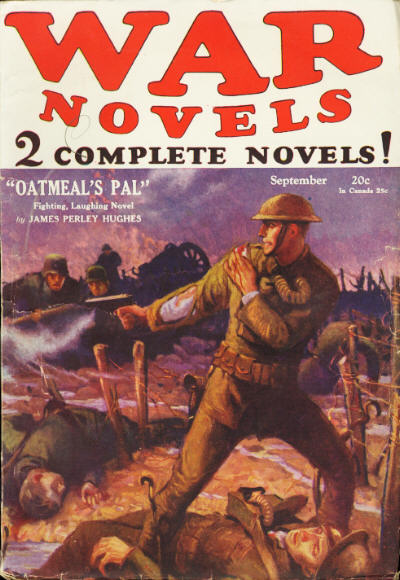 Mosquito Month we have a non-Mosquitoes story from the pen of Ralph Oppenheim. Lt. Jim Edwards knew he was the worst flyer in the squadron. When the C.O. called him to his office he was sure he was going to be sent to Blois in disgrace—instead the C.O. offers him a mission that could mean spending the rest of the war in a German prisoner of war camp, but when push came to shove, it turns out Edwards could shove with the best of them! From the September 1928 issue of War Novels it’s “Dreadnoughts of the Air!”
Mosquito Month we have a non-Mosquitoes story from the pen of Ralph Oppenheim. Lt. Jim Edwards knew he was the worst flyer in the squadron. When the C.O. called him to his office he was sure he was going to be sent to Blois in disgrace—instead the C.O. offers him a mission that could mean spending the rest of the war in a German prisoner of war camp, but when push came to shove, it turns out Edwards could shove with the best of them! From the September 1928 issue of War Novels it’s “Dreadnoughts of the Air!”
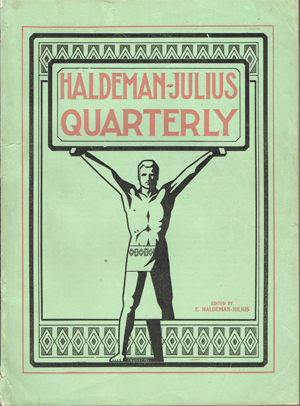 The premiere issue of the Quarterly (October 1926) featured many articles from current and upcoming publications, including Ralph’s “The Love-Life of George Sand.” In some of the early press for the article, they refer to Ralph as being sixteen years old—and, although he could have written it when he was sixteen—he most likely wrote it when he was eighteen, since the hype for it started before he turned nineteen. Ralph’s “The Love-Life of George Sand” article is actually just a reprinting of the 64 page little blue book of the same name. Both the Little Blue Book and the Quarterly were published in 1926.
The premiere issue of the Quarterly (October 1926) featured many articles from current and upcoming publications, including Ralph’s “The Love-Life of George Sand.” In some of the early press for the article, they refer to Ralph as being sixteen years old—and, although he could have written it when he was sixteen—he most likely wrote it when he was eighteen, since the hype for it started before he turned nineteen. Ralph’s “The Love-Life of George Sand” article is actually just a reprinting of the 64 page little blue book of the same name. Both the Little Blue Book and the Quarterly were published in 1926. 

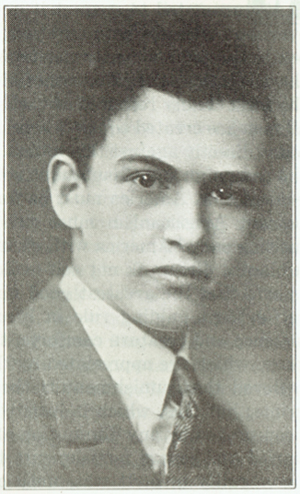 THE author of “The Love-Life of George Sand” is nineteen years old. Here is one of America’s future authors already at work, beginning to express himself with freshness and vigor, with finish and style; an artist to the tips of his fingers. It is one of the purposes of the Quarterly to bring out the best work of young America, and in accepting Ralph Oppenheim’s study we believe we are giving space to material of first-rate significance. This essay compares favorably with the best work we have ever accepted from mature, experienced writers. We did not take Ralph Oppenheim’s manuscript because he happens to be only a boy in years; rather were we influenced by the sureness of his touch. His age came up for comment only after we were satisfied that his work was well done. . . The Quarterly boasts that all in America is not jazz, noise and fury; a minority speaks vigorously and clearly, with intelligence, understanding, humor and craftsmanship. Ralph’s essay helps prove this assertion. Read young Oppenheim’s study and you will realize how important it is for the United States to have a magazine the purpose of which will be to go out and seek for the best from the talented and intelligent minority, bringing out new gifts, fresh viewpoints and sound work. First credit must, of necessity, go to Ralph himself; second credit must go to his artist-mother, Gertrude Oppenheim, and his poet father, James Oppenheim; third credit, in all fairness, must go to the Quarterly for opening its columns to a new voice. America will hear much from Ralph Oppenheim. He has something to say; he knows how to say it; he is a civilized human being, a complete answer to the charge that all of America has been reduced to stifling mediocrity, to unimaginative standardization. There is enough to complain about, in all truth, without crying that all is lost. Let us protest against the viciousness and stupidity of the superstitious majority, the hypocrisy and cowardice of its leaders, the mawkishness of our bunk-ridden millions—yes, let us aim our spitballs at our shams and fakirs, but let us, by all means, recognize worthy talent when we see it and lend an ear to the emerging youngsters who are breaking away from the herd and learning to stand as free individuals. Turn now to Ralph’s essay. At first you will marvel that it was written by a boy, but after a few paragraphs you will forget its author and fly along with his tonic and captivating work. . . . The portrait of George Sand was drawn especially for the Quarterly by Mrs. James Oppenheim, Ralph’s mother.
THE author of “The Love-Life of George Sand” is nineteen years old. Here is one of America’s future authors already at work, beginning to express himself with freshness and vigor, with finish and style; an artist to the tips of his fingers. It is one of the purposes of the Quarterly to bring out the best work of young America, and in accepting Ralph Oppenheim’s study we believe we are giving space to material of first-rate significance. This essay compares favorably with the best work we have ever accepted from mature, experienced writers. We did not take Ralph Oppenheim’s manuscript because he happens to be only a boy in years; rather were we influenced by the sureness of his touch. His age came up for comment only after we were satisfied that his work was well done. . . The Quarterly boasts that all in America is not jazz, noise and fury; a minority speaks vigorously and clearly, with intelligence, understanding, humor and craftsmanship. Ralph’s essay helps prove this assertion. Read young Oppenheim’s study and you will realize how important it is for the United States to have a magazine the purpose of which will be to go out and seek for the best from the talented and intelligent minority, bringing out new gifts, fresh viewpoints and sound work. First credit must, of necessity, go to Ralph himself; second credit must go to his artist-mother, Gertrude Oppenheim, and his poet father, James Oppenheim; third credit, in all fairness, must go to the Quarterly for opening its columns to a new voice. America will hear much from Ralph Oppenheim. He has something to say; he knows how to say it; he is a civilized human being, a complete answer to the charge that all of America has been reduced to stifling mediocrity, to unimaginative standardization. There is enough to complain about, in all truth, without crying that all is lost. Let us protest against the viciousness and stupidity of the superstitious majority, the hypocrisy and cowardice of its leaders, the mawkishness of our bunk-ridden millions—yes, let us aim our spitballs at our shams and fakirs, but let us, by all means, recognize worthy talent when we see it and lend an ear to the emerging youngsters who are breaking away from the herd and learning to stand as free individuals. Turn now to Ralph’s essay. At first you will marvel that it was written by a boy, but after a few paragraphs you will forget its author and fly along with his tonic and captivating work. . . . The portrait of George Sand was drawn especially for the Quarterly by Mrs. James Oppenheim, Ralph’s mother.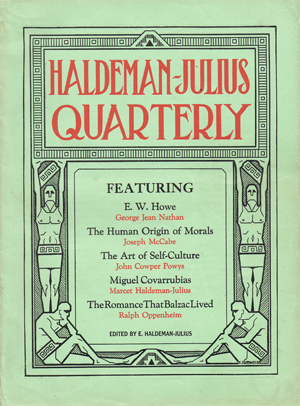 The second issue of the Haldeman-Julius Quarterly (January 1927) featured Oppenheim’s “The Romance That Balzac Lived: How The Great Interpreter of the Human Comedy Lived and Loved” (a reprinting of The Romance That Balzac Lived: Honore de Balzac and the Women He Loved (lbb-1213, 1927)). The article was nicely illustrated with a daguerreotype of Balzac and spot illustrations by Fred C. Rodewald, but no introductory page about Oppenheim.
The second issue of the Haldeman-Julius Quarterly (January 1927) featured Oppenheim’s “The Romance That Balzac Lived: How The Great Interpreter of the Human Comedy Lived and Loved” (a reprinting of The Romance That Balzac Lived: Honore de Balzac and the Women He Loved (lbb-1213, 1927)). The article was nicely illustrated with a daguerreotype of Balzac and spot illustrations by Fred C. Rodewald, but no introductory page about Oppenheim.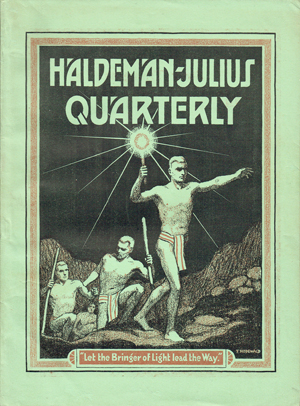 Oppenheim seemed to be a role with the Haldeman-Julius Quarterly readers (or at least their editors), for the third issue (April 1927) once again featured an article by Oppenheim. This time it was his treatise on his generation: “The Younger Generation Speaks: An American Youth Tells About Its Attitude Toward Life” (a reprinting of
Oppenheim seemed to be a role with the Haldeman-Julius Quarterly readers (or at least their editors), for the third issue (April 1927) once again featured an article by Oppenheim. This time it was his treatise on his generation: “The Younger Generation Speaks: An American Youth Tells About Its Attitude Toward Life” (a reprinting of 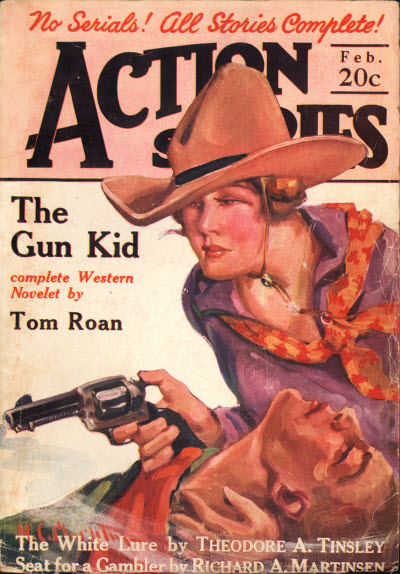 His first published story was a taunt tale of aviation and death he titled “Doom’s Pilot” in the pages of the February 1927 Action Stories! His second printed story—”A Parachutin’ Fool”—was another aviation tale, printed in the April 1927 issue of War Stories! He followed this up with—”Aces Down!”—in the July 1927 issue of War Stories—this was the story that introduced the world to that inseparable trio—The Three Mosquitoes!
His first published story was a taunt tale of aviation and death he titled “Doom’s Pilot” in the pages of the February 1927 Action Stories! His second printed story—”A Parachutin’ Fool”—was another aviation tale, printed in the April 1927 issue of War Stories! He followed this up with—”Aces Down!”—in the July 1927 issue of War Stories—this was the story that introduced the world to that inseparable trio—The Three Mosquitoes!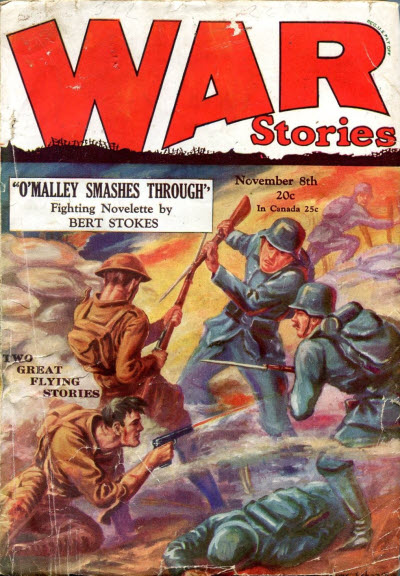 the third and final of three Ralph Oppenheim’s Three Mosquitoes stories we’re featuring this March for Mosquito Month! And this one’s a doozy! The Boche have some new super-gun that has been ranging the Allied munitions factory, getting closer every time. Kirby, Carn and Travis are tasked with finding the unfindable gun and putting it out of commission before it does indeed hit the munitions factory! It’s another rip-roaring nail-biter from the pages of the November 8th, 1928 issue of War Stories—The Three Mosquitoes must “Get That Gun!”
the third and final of three Ralph Oppenheim’s Three Mosquitoes stories we’re featuring this March for Mosquito Month! And this one’s a doozy! The Boche have some new super-gun that has been ranging the Allied munitions factory, getting closer every time. Kirby, Carn and Travis are tasked with finding the unfindable gun and putting it out of commission before it does indeed hit the munitions factory! It’s another rip-roaring nail-biter from the pages of the November 8th, 1928 issue of War Stories—The Three Mosquitoes must “Get That Gun!”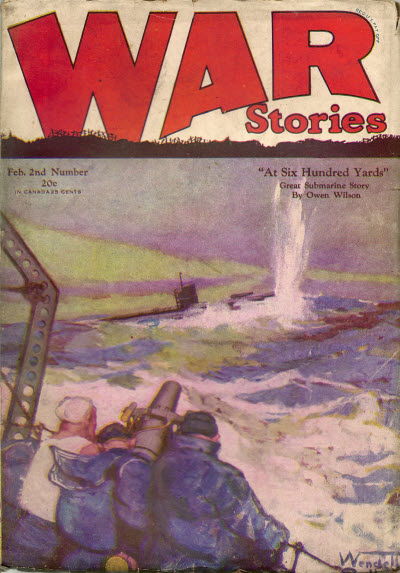 the second of three tales of Ralph Oppenheim’s Three Mosquitoes we’re featuring this March for Mosquito Month! This week, Kirby experiences the pitfalls of pride when the Boche form an All-Ace squadron called the Avenging Yellow Jackets to take down the pesky Mosquitoes—while Shorty Carn and the lanky Travis urge caution, Kirby’s all guns ahead ready to rush in and take on all the Aces Germany can dish out. Problem is, believing his own press, he rushes into things foolishly and finds himself in “Hot Air!” From the February 2nd, 1928 issue of War Stories—
the second of three tales of Ralph Oppenheim’s Three Mosquitoes we’re featuring this March for Mosquito Month! This week, Kirby experiences the pitfalls of pride when the Boche form an All-Ace squadron called the Avenging Yellow Jackets to take down the pesky Mosquitoes—while Shorty Carn and the lanky Travis urge caution, Kirby’s all guns ahead ready to rush in and take on all the Aces Germany can dish out. Problem is, believing his own press, he rushes into things foolishly and finds himself in “Hot Air!” From the February 2nd, 1928 issue of War Stories— 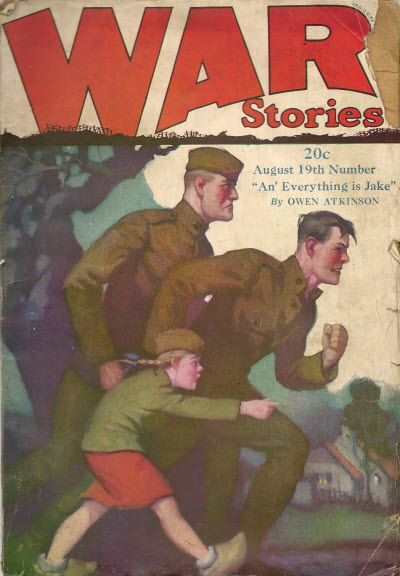 off the ground with an early Mosquitoes tale from the pages of the August 19th, 1927 issue of War Stories. A new C.O. has been assigned to the squadron and he can’t stand pilots who “grand-stand” which is the Mosquitoes stock-in-trade and boy do they catch hell when they get on the C.O.’s wrong side—that is until the C.O. gets in a jam and it’s trick flying that’ll save him when the Boche come “Down from the Clouds!”
off the ground with an early Mosquitoes tale from the pages of the August 19th, 1927 issue of War Stories. A new C.O. has been assigned to the squadron and he can’t stand pilots who “grand-stand” which is the Mosquitoes stock-in-trade and boy do they catch hell when they get on the C.O.’s wrong side—that is until the C.O. gets in a jam and it’s trick flying that’ll save him when the Boche come “Down from the Clouds!”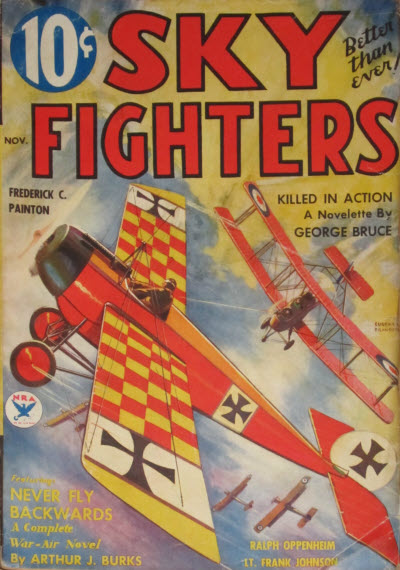 great story from the pen of Ralph Oppenheim. Best known in these parts for
great story from the pen of Ralph Oppenheim. Best known in these parts for